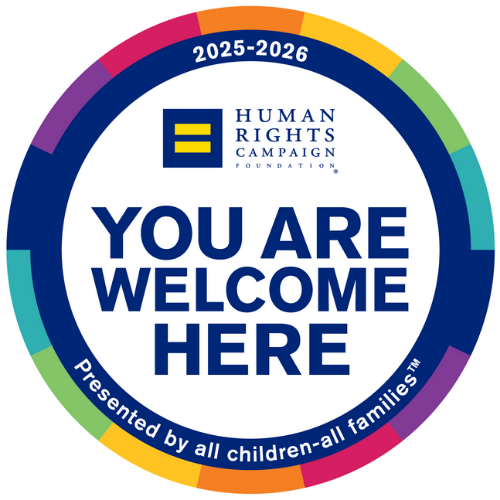by Brooke Adams
1/26/10
Jennifer Gardner is like most foster parents: She’s not in it for the money.
All the same, as she watches the Utah Legislature begin yet another year of budget belt-tightening, Gardner fears any additional cuts in foster care funding will be crippling.
“We are going to be losing foster parents,” said Gardner, who lives in South Willard and has cared for 10 children over the past five years — including three she and her husband adopted. “The reimbursement we get from the state already doesn’t cover needs we have for these kids.”
Gardner’s concern comes after seeing how lawmakers’ request for 5 percent budget cuts in the coming fiscal year would trim the Division of Child and Family Services’ out-of-home care funds — and staff’s options for an even larger 10 percent cut. The Health and Human Services Subcommittee is set to discuss options on Wednesday.
The new round of proposed cuts would increase and continue reductions made this year, totaling about $5 million and affecting every agency within DCFS.
In the analyst’s proposal, DCFS would lose $2.9 million from its personnel budget, requiring it to leave 60 caseworker positions unfilled through attrition and, possibly, a reduction in force. Nearly $1 million would be carved out of the budget for foster care and residential treatment care for children and youth in state custody. DCFS also would lose more than $400,000 from its adoption assistance fund — money used to provide ongoing support to families who, like the Gardners, adopt children from foster care.
“It’s going to be catastrophic, there is no question about that,” said Duane Betournay, DCFS director.
Lawmakers can designate where the cuts come from, taking more from some areas than others, but Betournay is hoping for a “balanced” approach to cuts from lawmakers and that the appropriations committee restores some funds — something that happened last year.
As for foster care, Betournay said the state’s low reimbursement rates already impact its ability to attract and retain foster families.
In 2007, before lawmakers began a seriesof provider rate cuts, one study listed Utah as among states whose rates were well below the national average. The state’s rates needed to be boosted anywhere from 49 percent to 70 percent depending on the age of a child, according to the study by Children’s Rights, the University of Maryland School of Social Work and the National Foster Parent Association.
Utah structures its rates by need, rather than age, and pays $15 a day for basic care; $18 a day for specialized care; and $25 a day for structured care.
If the 5 percent cut is passed on to foster families, the basic care rate, for example, would drop to $14.25 a day — $427.50 a month.
Utah Foster Care, which recruits and trains foster parents for the state, has to replace about a third of the 1,400 families on its list yearly even as it tries to attract new parents. Financial burden is among the reasons people quit, said Kelly Peterson, foundation director.
Others never get beyond the inquiry stage after hearing about the rates, she said.
“I fear the trajectory will go straight down if the state of Utah is not willing to pay for the care of these kids,” Peterson said.
Gardner, who has cared for children with basic and specialized care needs, figures she ends up about $74 short each month now despite a no-frills budget that doesn’t account for birthdays or music lessons.
“Most of that goes on a credit card I will be paying off months after these kids are no longer in my home,” said Gardner, who is a support leader for foster parents in Box Elder County. “We feel taken for granted, that we’ll just make up the difference, and that is not how it should be.”






